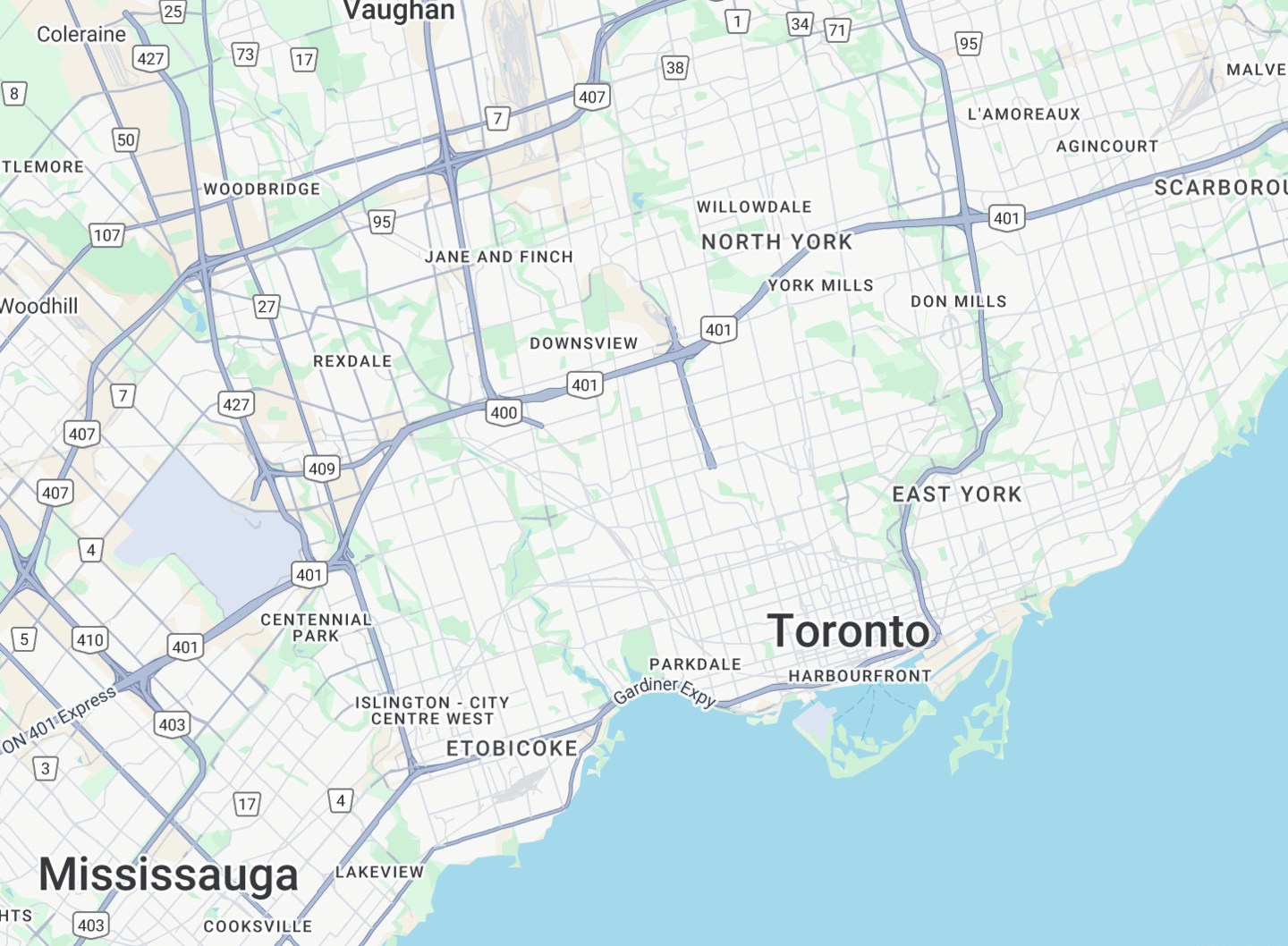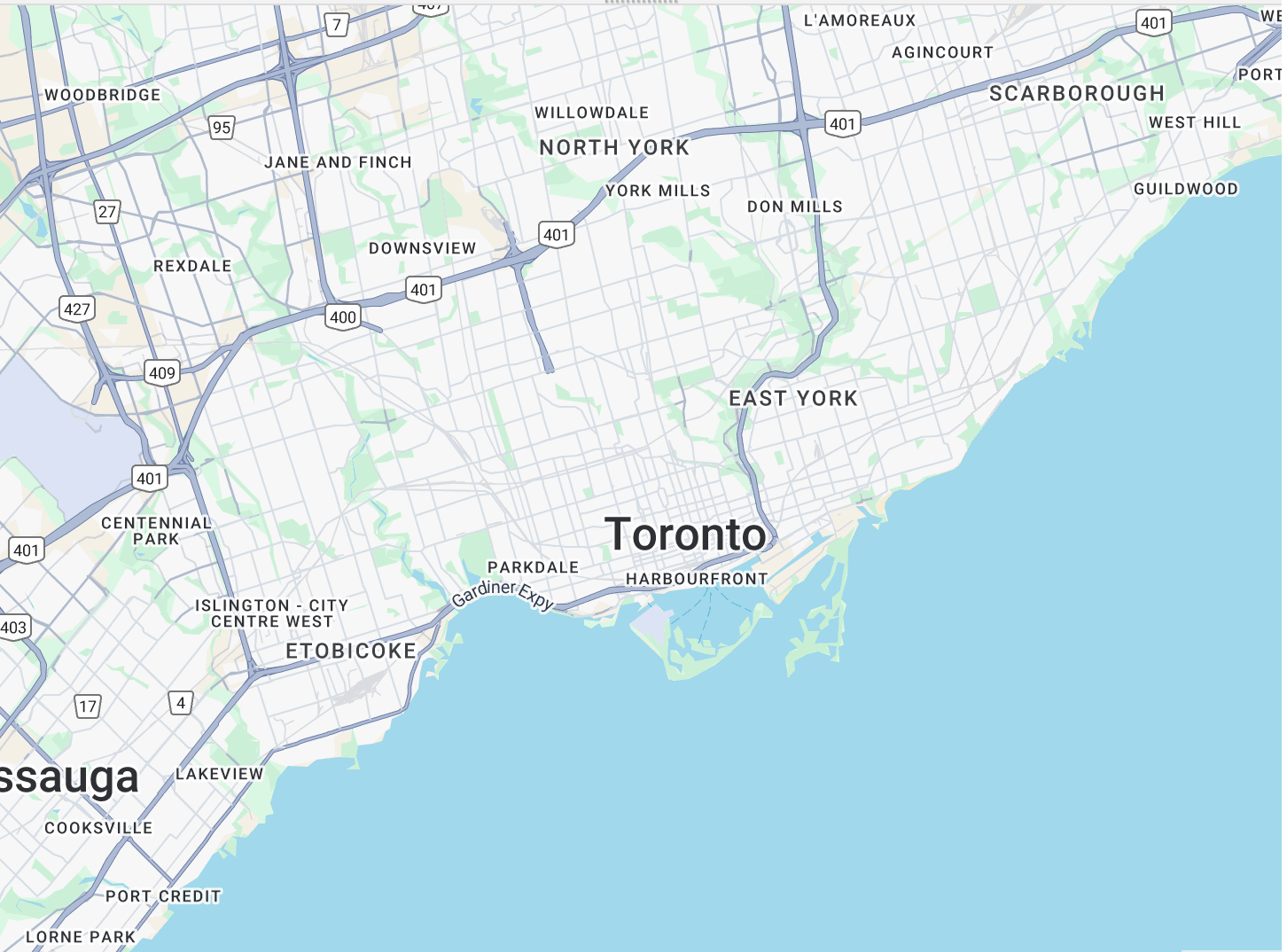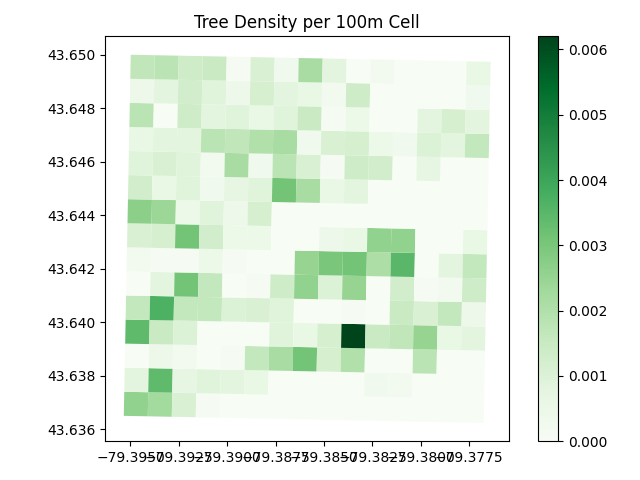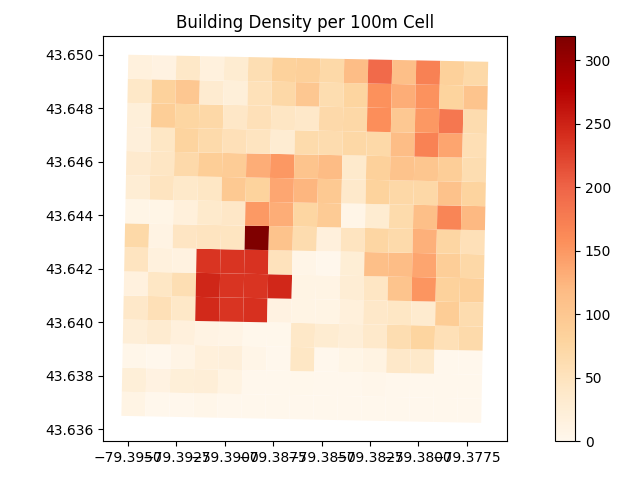 tSpots.ai
tSpots.aiMapping heat, growing green.
Explore urban heat vulnerability and tree planting priorities in Toronto for sustainable development.
489,000 heat-related deaths occur annually.
nothing's being done and that's increasing due to global warming.
Heat-related deaths are rising each year due to climate change, urban heat islands, and vulnerable populations lacking access to cooling or green space. Addressing these issues is critical for public health and urban resilience.
So what did we do about it?
We put on our thinking caps and built a machine learning model that accurately showcases "HotSpots" in Toronto based on vegetation and urban island heat influencing factors.
TLDR; Check for trees and building density around a specific location. Mix it in with temperatures and some special ML magic and you get a heat vulnerability score.
{
w1: 0.6, // temperature
w2: 0.2, // vegetation
w3: 0.2 // buildings
}

*Notice how areas near the waterbody are darker which corresponds to cooler temperatures.
Data Classifications for ML Model
These become two of the three columns in our feature matrix X (the third being normalized temperature). We then fed X into our Random Forest, which learned how those spatial patterns combine to predict heat‐vulnerability scores.

In ML terms: Vegetation input (proxy for NDVI), representing normalized tree/vegetation cover for each 100 m cell.

In ML terms: Urbanization input, showing how built-up each grid cell is (m² of roof per 10,000 m²).